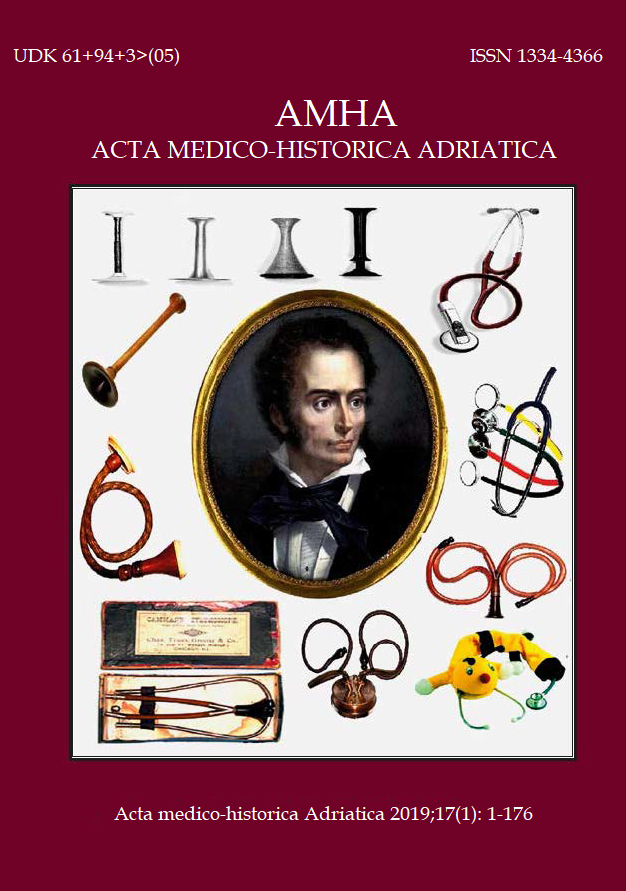THE ACETYLCHOLINE THERAPY IN THE TREATMENT OF SCHIZOPHRENIA – THE EXPERIENCE OF MARIO FIAMBERTI IN THE HOSPITAL OF VARESE (1937)
Keywords:
Acetylcholine therapy, Fiamberti method, acetylcholine shock, schizophrenia and interpretative hypothesis, acetylcholine deficiency, schizophreniaAbstract
https://doi.org/10.31952/amha.17.1.5
In the first half of the 20th century, in most European countries, it was thought that cholinesterase and other drugs that counteract acetylcholine should reduce the manifestations of schizophrenia. In 1937, Fiamberti (1894–1970) introduced the transorbital method of lobotomy which established the use of acetylcholine shock treatment for curing the disturbances of schizophrenia.
Accepting the idea that the psychic alterations of schizophrenia were caused by a pathological interruption of nerve conduction at a presumably cortical level, Fiamberti thought he could apply this to the clinical field using the properties of acetylcholine, an acetic ester of choline.
Here, we examined, in detail, the contribution of Mario Fiamberti on acetylcholine therapy.


